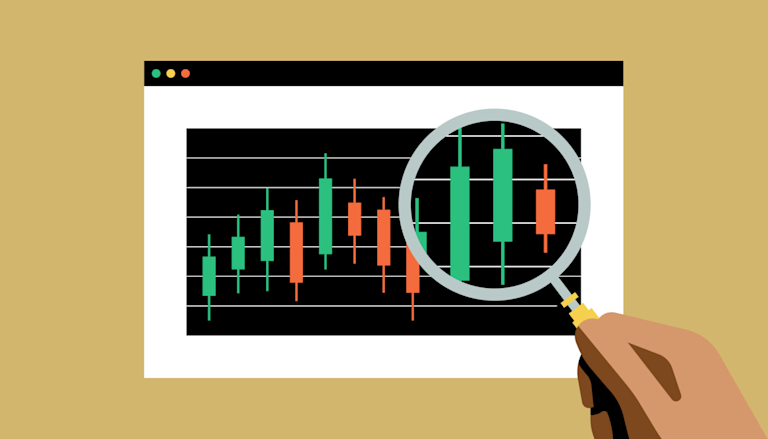
Understanding Various Crypto Trading Models
Cryptocurrency trading has transformed the financial landscape, introducing numerous models and strategies that traders employ to maximize their returns and mitigate risks. From day trading to arbitrage, understanding these Crypto Trading Models click here models is crucial for anyone looking to navigate this volatile market effectively.
1. Day Trading
Day trading is a popular strategy among crypto enthusiasts that involves buying and selling digital assets within a single trading day. The primary goal is to profit from small price movements. Day traders use technical analysis and chart patterns to make rapid decisions. Given the high volatility of cryptocurrencies, this model can be highly profitable yet risky.
2. Swing Trading
Unlike day traders, swing traders hold onto their assets for several days or weeks, aiming to profit from larger price swings. This model requires a more patient approach, as swings can take time to develop. Swing traders often rely on a combination of technical and fundamental analysis, making it essential to stay informed about market trends and news.

3. Scalping
Scalping is one of the quickest trading methods, where traders seek to gain small profits from numerous trades throughout the day. This approach demands quick decision-making and high-frequency trading. Scalpers often operate in highly liquid markets, where they can easily enter and exit positions.
4. Arbitrage
Arbitrage is a strategy that capitalizes on price discrepancies of the same asset across different exchanges. Traders buy a cryptocurrency on one exchange where the price is lower and sell it on another exchange where the price is higher. While this model can provide instant profit opportunities, it also requires sufficient capital and fast execution to overcome transaction fees and transfer delays.
5. HODLing
The term “HODL” originated from a misspelled forum post but has since come to represent a long-term investment strategy. HODLers buy and hold cryptocurrencies, ignoring short-term market fluctuations. This model is based on the belief that, despite volatility, the value of cryptocurrencies will increase over time, making it ideal for investors who prefer a more hands-off approach.
6. Trend Trading
Trend trading involves analyzing the overall direction of the market and making trades that align with the prevailing trend. Traders use various indicators, such as moving averages and Relative Strength Index (RSI), to gauge market sentiment. This model can be particularly effective in a market that exhibits clear uptrends or downtrends, but requires vigilant monitoring.
7. Risk Management Strategies
Regardless of the trading model chosen, effective risk management is crucial for long-term success in crypto trading. Traders commonly employ techniques such as setting stop-loss orders, diversifying their portfolios, and only risking a small percentage of their capital on a single trade. These strategies help mitigate losses and stabilize profits in the highly volatile cryptocurrency market.
8. Conclusion
In conclusion, understanding various crypto trading models is paramount for anyone looking to participate in this exciting and rapidly evolving market. Each model has its advantages and disadvantages, and the right choice ultimately depends on individual risk tolerance, time commitment, and market knowledge. As always, it’s important to conduct thorough research and consider your financial goals before diving in.



